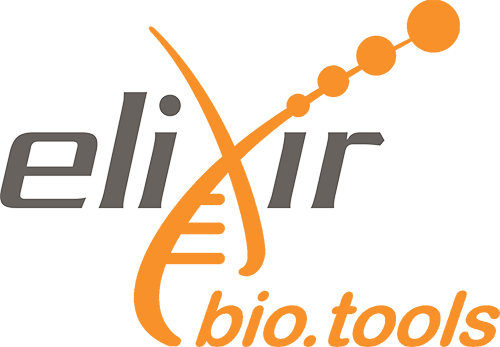Licence: Creative Commons Attribution 4.0 International
Keywords: Introduction to Galaxy Analyses
Target audience: Students
Resource type: e-learning
Version: 38
Status: Active
Learning objectives:
- Understand most common types of NGS-related datatypes
- Learn about how Galaxy handles NGS data using Illumina data derived from patients infected with Plasmodium
Date modified: 2025-07-24
Date published: 2017-02-22
Contributors: Anton Nekrutenko, Armin Dadras, Björn Grüning, Bérénice Batut, Helena Rasche, John Davis, Mehmet Tekman, Niall Beard, Nicola Soranzo, Saskia Hiltemann, Teresa Müller, William Durand, Wolfgang Maier
Activity log


